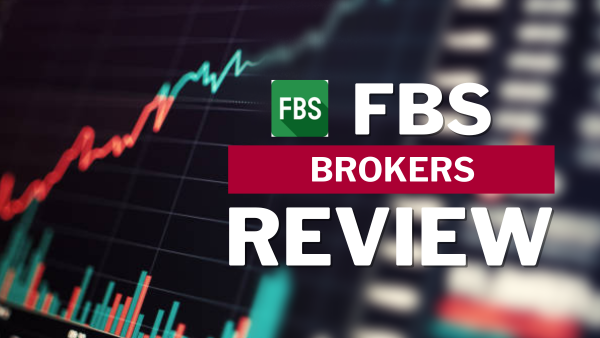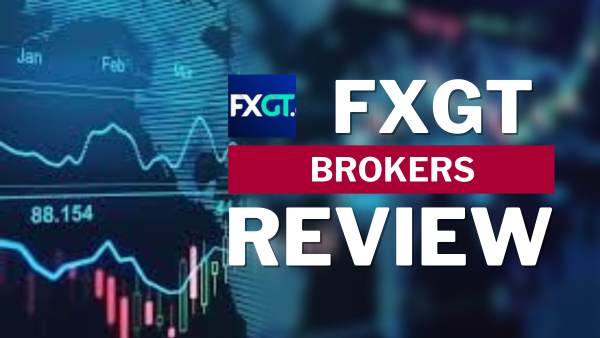Stepping into the world of trading can feel like navigating through a maze of jargon. To help you on your trading journey, investrong has curated an essential dictionary to decode the industry’s common terms. Let’s dive into the vital lexicon of trading.
General Trading Terms
Asset: Any resource with economic value owned by an individual or corporation.
Bear Market: A market condition where prices are falling or expected to fall.
Bull Market: A market condition where prices are rising or expected to rise.
Dividend: A payment made by a corporation to its shareholders, usually in cash or additional stocks.
Liquidity: The ability to quickly buy or sell an asset without causing significant price movements.
Margin: The money borrowed from a brokerage to purchase an investment.
Portfolio: A collection of financial investments, such as stocks, bonds, and cash.
Volatility: Indicates the price fluctuations of a product or security.
Order-related Terms
Day Trading: Buying and selling of assets within the same trading day.
Limit Order: An order to buy or sell when the price reaches a specific point.
Long Position: Buying an asset with the expectation its price will rise.
Market Order: An immediate order to buy or sell at the best available price.
Short Position: Selling assets that one does not own, expecting the price will decline.
Stop-Loss Order: An order placed to sell an asset when it reaches a certain price.
Take-Profit Order: Predetermining the point at which to sell an asset for profit.
Technical Analysis Terms
- Moving Average: An indicator used in technical analysis that helps smooth out past price data.
- Resistance Level: The price level at which rising security prices are expected to stop and possibly reverse direction.
- Support Level: The price level at which falling security prices are expected to stop and potentially rebound.
Bollinger Bands: A set of trendlines plotted two standard deviations (positively and negatively) away from a simple moving average of a security’s price.
Breakout: When a security’s price goes beyond an identified level of resistance or support, often accompanied by heavy volume.
Candlestick Chart: Represents price movements using a data set that includes opening, closing, high, and low prices for a given time frame. Each “candle” displays the opening, closing, high, and low prices for that period.
Divergence: When the price of an asset is moving in the opposite direction of an indicator. For example, if a stock is making higher highs but the Relative Strength Index (RSI) isn’t, it might indicate weakening momentum.
Fibonacci Retracement: A technical tool using horizontal lines to identify potential support and resistance levels based on the Fibonacci numbers.
Head and Shoulders: A pattern on a chart which predicts a bullish-to-bearish trend reversal. It’s typically formed at the peak of an upward trend.
Indicator: Tools derived from a security’s price, volume, or open interest used to predict its future direction.
MACD (Moving Average Convergence Divergence): A trend-following momentum indicator that shows the relationship between two moving averages of a security’s price.
Oscillator: A tool that produces value readings that move within a range, usually between zero and 100, to indicate the overbought or oversold condition of an asset.
Relative Strength Index (RSI): Measures the speed and change of price movements. RSI oscillates between zero and 100 and is typically used to identify overbought or oversold conditions in a traded security.
Trend Lines: A line drawn above price highs for downtrends, or below lows for uptrends, to represent levels of resistance or support.
Volume: The number of shares or contracts traded in a security or an entire market during a given period.
Fundamental Analysis Terms
Balance Sheet: A statement summarizing a company’s assets, liabilities, and shareholder equity.
Income Statement: A company’s financial statement that indicates revenues, expenses, and profit over a specific period.
Market Capitalization: The total dollar value of all outstanding shares of a company.
- Earnings Per Share (EPS): The portion of a company’s profit allocated to each outstanding share of common stock.
- Price-to-Earnings Ratio (P/E): A valuation ratio calculated by dividing the current share price by its earnings per share.
Forex Trading Terms
- Pip: The smallest price move that a given exchange rate can make based on market convention.
- Lot: Refers to a standardized trade size.
Conclusion
Grasping these terms will provide a robust foundation for newcomers and facilitate a smoother trading experience. Remember, learning is an ongoing process. Stay curious and continue exploring with investrong as your guide.
FAQs in Trading Teminology
A bull market sees rising prices, while a bear market is characterized by falling prices.
High liquidity ensures that transactions can be made quickly without significant price deviations.
Volatility can be gauged using statistical measures or certain indicators like the Volatility Index (VIX).
Not necessarily. A higher P/E might indicate overvaluation, but context and comparisons with industry averages are crucial.
It signifies a point where the price might face hurdles in increasing further due to selling pressure.
It depends on the trading strategy, but commonly used periods are 50-day and 200-day moving averages.
It helps limit potential losses by automatically selling a security when it reaches a predetermined price.
A pip is crucial for calculating gains and losses in forex trading.
Lot size determines the trade volume. Larger lots have more significant financial implications per pip movement.
P/E ratios can vary widely between industries. It’s best to compare P/E ratios within the same sector.
Recommended Articles
- Embarking on Your Trading Journey: Where to Begin?
- Golden Rules of Trading: Advice for Those Just Starting Out
- Common Trading Mistakes and How to Avoid Them
- Creating an Account and Beginning Trading: First Steps for Beginners
- Technical Analysis vs. Fundamental Analysis Differences and Applications
- Crypto 101: Getting Familiar with Cryptocurrencies and How to Trade Them
- FX Trading for Beginners: Understanding the Forex Market
- Getting Acquainted with Commodity Trading: Gold, Oil, and Agricultural Products
- What Are Stocks? A Basic Guide for Beginners



